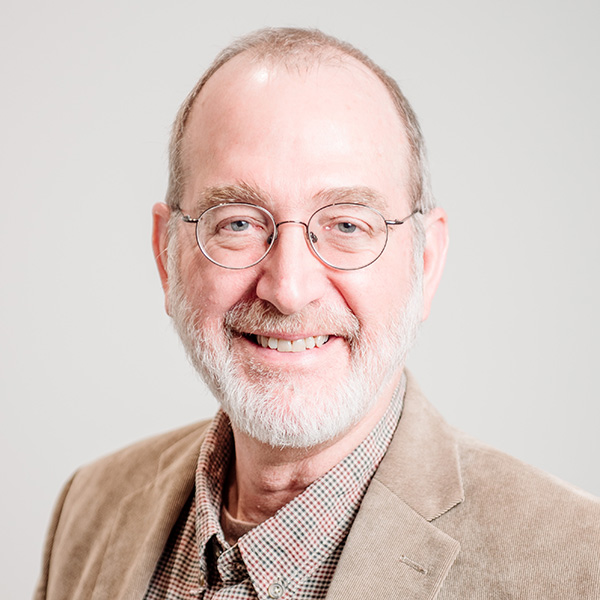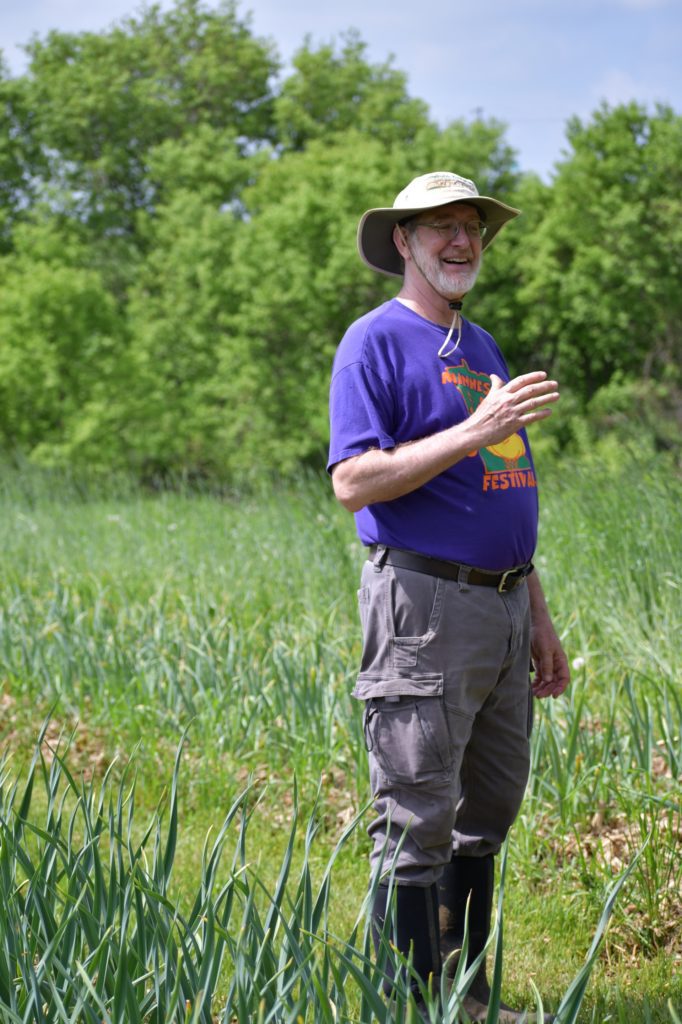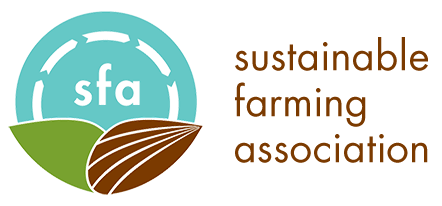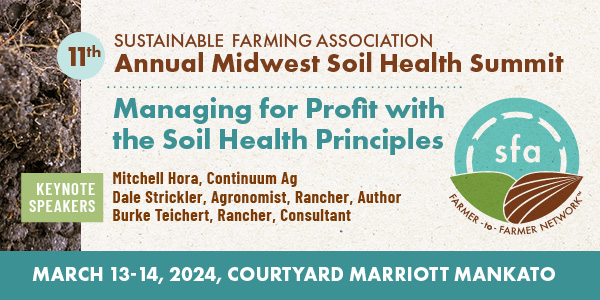Midwest Soil Health Summit benefits farmers across scales; crops
Ford: They pay me, but I’d go anyway.

By Jerry Ford • Chapter & Events Coordinator
Why have I gone to 9 of the 10 Midwest Soil Health Summits so far? Well, yes, as many of you know, they pay me to. After all, I’m the EVENTS & Chapter Coordinator for SFA, and I manage the logistics for the Summit. But the truth is that I’d go regardless.
Back in the early 20-teens, John Mesko, our Executive Director at the time, and Kent Solberg, whose title with SFA then is lost in the mists of my mind (something like “Grazing Guru”), came to me saying, “Help us put together a big conference that’s all about soil health, and we want to get Gabe Brown to keynote.” Soil health was a new term to me, but it had a nice ring to it, and I was vaguely familiar with Mr. Brown’s work, so I said, “Sure, let’s do it.”
The nice thing about event management is that I often have down time while the sessions are going on, and I got to sit in during that first summit in Alexandria. Mind blowing.

You see, in addition to this SFA gig, I’m a farmer. Many of you have heard me say that I’m actually a conservationist who is blessed to have a farm, and that we produce three things for our community: grassfed beef, certified organic garlic, and conservation. The soil health principles and practices I began to learn through the Summit and SFA’s accompanying programming were like deep dives into the soil & water conservation practices I was already doing. We’d been rotational grazing cattle for some time, and the things I learned from the folks at the Summit just kept ratcheting that up. Sure, some of those presenters are doing it on 5,000 acres, but many of the principles were scalable to my 50 acres. My land is better for it.
And I started bringing those principles into my vegetable growing – we were doing more root crops for market back then – with less tillage, cover crops, extensive rotations, and perennial walkways. It took a couple of seasons to get relatively proficient at it, but now it’s just how we do things.
We also reached out to our renter. Our family has a couple hundred highly-erodible tillable acres that we’ve leased to our neighbor – also a dedicated conservationist who’s continued the soil and water practices that my father-in-law implemented in the 1940’s – for many years. He does corn, soybeans, hay and some small grains. With what I was learning from SFA’s soil health programming, and with our dedicated NRCS and SWCD folks here in Wright County, he has adopted several new practices. We’ve both been in a few EQIP and CSP programs over the years, and we’re continuing to measurably increase topsoil and fertility.
So, sure I get paid to be at the Midwest Soil Health Summit. What a great job I have! Plus, I get to help make it possible for you folks to have this opportunity as well. Even better. And it’s improved the land, soil and water for my community. I call that a home run.
I’d love to see you at the Midwest Soil Health Summit on March 13 & 14 in Mankato. I’ll buy you a beverage-of-choice at the Dale Strickler book-signing and social hour on that Wednesday.
Learn more and register at www.sfa-mn.org/midwest-soil-health-summit. Members receive discounted registration. And, find the current schedule here, featuring keynote speakers Mitchell Hora, Dale Strickler, and Burke Teichert.

